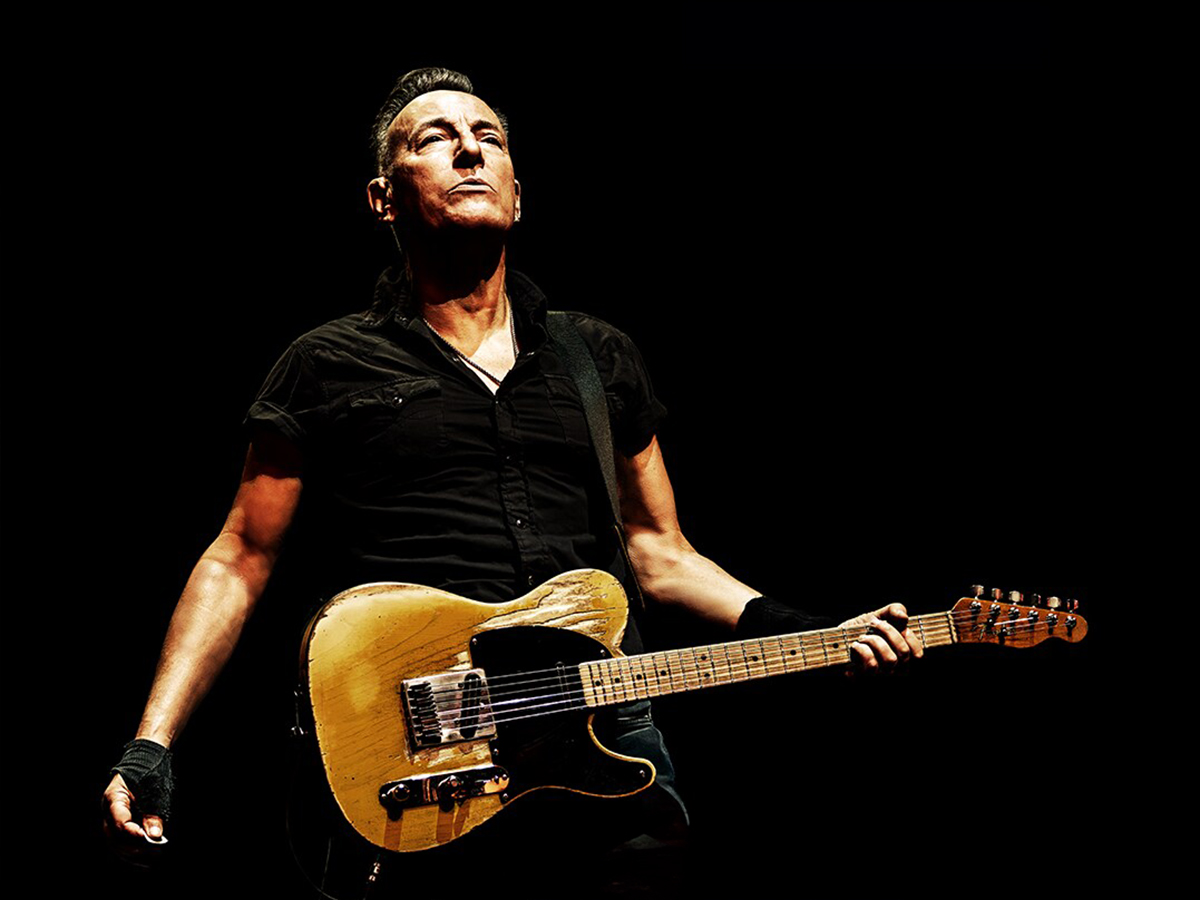
(Credits: Disney Plus)
Thu 21 August 2025 16:00, UK
It’s impossible for anyone to think of Bruce Springsteen without the power of the E Street Band behind him.
He could write phenomenal tunes on his own, but they would only be given that power when everyone was playing the tune with him. However, even ‘The Boss’ had a few wilderness periods as a solo artist, which made it all the more special when the band finally came back.
Because as much as Springsteen loved the idea of going independent, there’s hardly any reason to tell his story were it not for the people that were standing alongside him. Even when making records that were raw and personal, like Nebraska, those songs were never going to reach the same audiences that ‘Badlands’ was, and that was down to what Roy Bittan could do on the piano or what Stevie Van Zandt was doing on his guitar in the background of every tune.
But the appeal of the E Street Band isn’t always down to the sound of the music. It was the sense of community that was created every single time that they performed. Most people could appreciate the massive hooks of ‘Born to Run’ on the record, but when watching Springsteen and Clarence Clemons embrace each other during their prime, they were telling the story of an unbreakable friendship that every good rock and roll outfit is based around. So when that bond is broken, it’s hard to put it back together.
That’s not to say that Springsteen’s later solo stuff was any less great than what he had been doing. He was willing to go into some bold new directions that he would have been too scared to return to before, but The Ghost of Tom Joad was always going to be a slightly darker record compared to the kind of triumphant sounds that everyone heard out of albums like Born in the USA. If there was one thing that brought them back together, though, it was bound to be to help their neighbours.
Like everyone else, Springsteen was glued to the television on the morning of September 11th, 2001, and when the dust had settled, he knew that it wasn’t the time to automatically fight. Everyone needed a moment to nurse their wounds, and when he finally summoned the courage to get back to the studio, he realised that he needed the strength of his musical brothers and sisters once again.
And while the bones of The Rising were made by Springsteen, he knew he needed to bring in the cavalry along with him, and everything fell into place when they worked with Brendan O’Brien behind the board, saying, “The band sounded like the band, but not like I’d heard them before, and that was what I was looking for. I wanted it to be like ‘this is the way we sound right now’, something that my audience who have been following me for years will recognise, and it will also be new for them. That was it, it was what I was looking for.”
Some New Yorkers may have been slightly sceptical hearing a guy from Jersey talk about the tragedy, but The Rising is one of the quintessential 9/11 recovery records. Throughout every track, Springsteen spans every emotion going through everyone’s minds, from anger at what had happened to pure sadness at the lives lost to the eventual perseverance to pick himself up and carry on living.
Because if there was one thing that Springsteen was determined to do, it was to never give up that sense of optimism that he had since the beginning. Even when times looked bleak for him, there was always a sense of hope, and in the darkest of times, it’s always important to hold on to that hope for all its worth.
Related Topics

